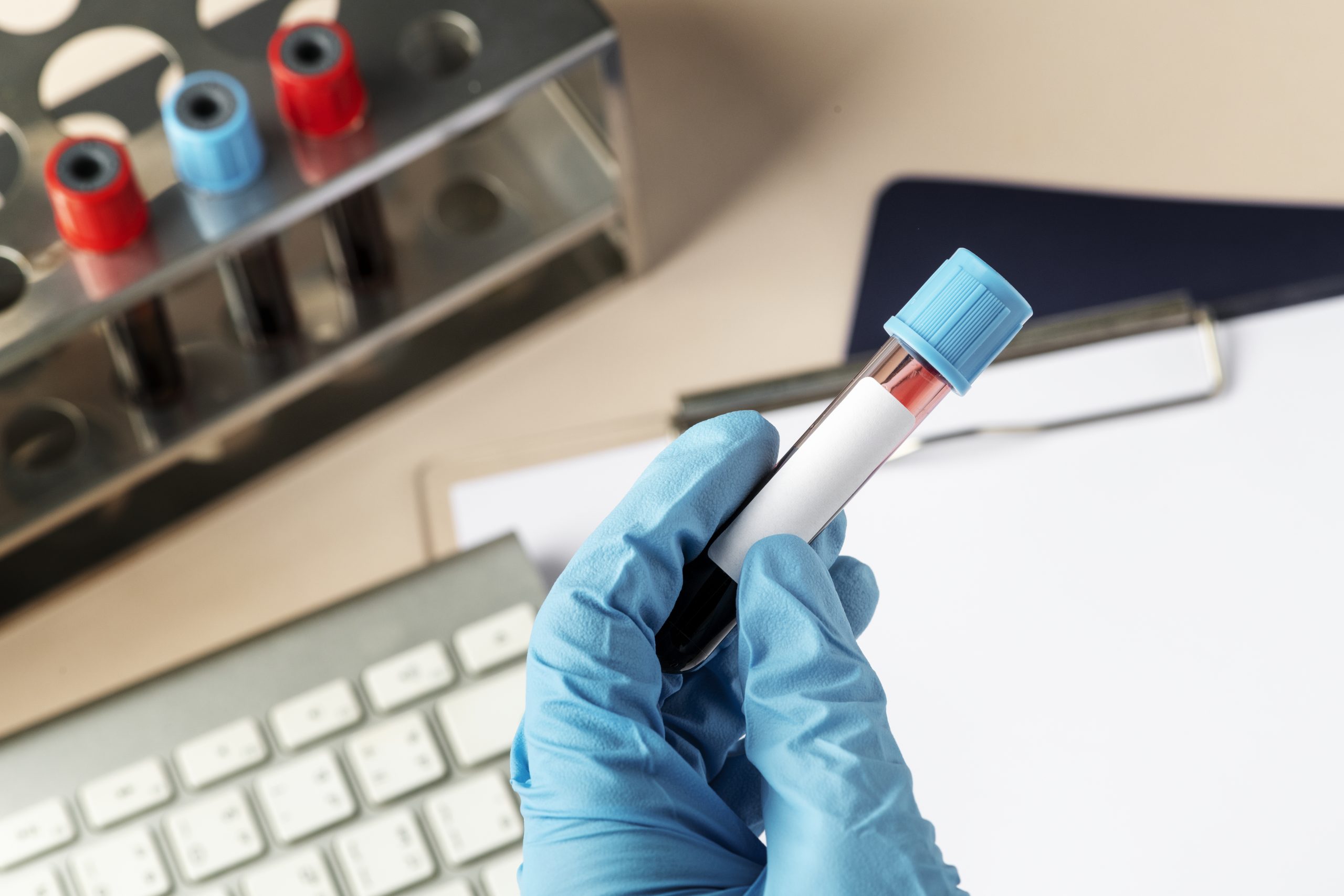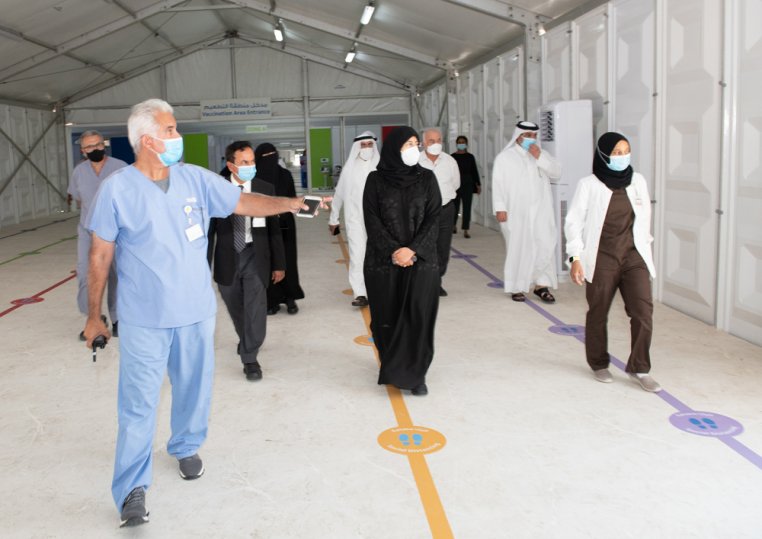An international team of researchers has found that adolescent and adult athletes who have had mild head injuries showed signs of damage to their blood-brain barrier, despite not reporting having concussions. The blood-brain barrier (BBB) is a border that stops potential toxins and germs in the blood circulating around the body from entering into the brain. The results were published in the September edition of the Journal of Neurotrauma.
Contact sports have been an area of controversy for many years. Debates have ensued on whether the health and social benefits of school kids joining in on activities like rugby are worth the safety risks. Discussions on making sports like wrestling and American football safer have cropped up now and again when yet another ex-athlete is on the news after succumbing to a devastating brain condition. Even organizations like the American Academy of Pediatrics (AAP) have weighed in! And now, this study could add another layer to this critical conversation.
The study
Researchers studied professional Mixed Martial Arts (MMA) fighters and adolescent rugby players – two groups of people at high risk of sustaining blows to their heads. Their goal was to find out whether the BBB in these athletes was affected and to develop better techniques to diagnose mild brain injuries.
Existing tools like MRIs and CT scans can quickly diagnose moderate to severe traumatic brain injuries (TBIs), but that’s not the case for mild TBIs. This is especially true for concussions, which don’t appear in regular CT scans, according to Professor Alon Freedman, M.D, a neuroscientist and surgeon who founded the Inter-Faculty Brain Sciences School at Ben-Gurion University (BGU).
The MMA fighters enrolled in the study were first examined before a competitive fight and again within 120 hours (five days) after the match ended. The rugby players had their assessments done before and after the game season. But, a sub-group of rugby players had their second assessments after finishing a tournament.

Both groups of participants underwent an advanced MRI procedure that was developed at BGU and had blood tests to analyze their BBB biomarkers. They were also given mouthguards, developed by Stanford University researchers, with sensors that tracked speed, acceleration, and force. The sensors logged almost 10,000 measurements per second.
Results
Out of the 19 adolescent rugby players examined, 10 had signs of a leaky blood-brain barrier. Additionally, two out of the eight players who had their scans post-match showed changes to their BBB.
But, the injuries picked up by the scans were considered less severe than the current threshold for mild head trauma. The researchers were also able to link the amount of BBB damage shown on the MRIs with the sensor measurements from the mouthguards.
Researcher’s comments
Dr. Freedman said that the study’s results challenge the current theory on concussions, which is that the outer surface of the brain is the part that gets damaged during a concussion. Experts believe this theory to be true because when there’s a blow to the head, the brain springs back from the skull surface “like Jell-O”, according to Dr. Freedman. But, this study showed that the effects of head trauma could be found deeper in the brain, which led Dr. Freedman to conclude that the current model of concussions is “too simplistic”.
Dr. Freedman also thinks that it’s likely that kids experience these head injuries during game season but are either unaware of them or have no symptoms. He also added that he hoped that the techniques he and his team used during the study could improve the detection of mild head traumas in both professional and amateur athletes.
Expert’s take
So what do some of the experts say about contact sports where head injuries are a risk? Dr. Pierre Manzo, a family physician, based in Rhode Island, US, penned a piece with his thoughts on the issue back in 2017 for the website. Medical Bag.
In the article, Dr. Manzo stated that he discouraged parents from signing their children up for sports like American football. Instead, he suggested that children take part in sports with a “significantly less risk of impact injury”. He also shared that as an ex-ice hockey player, he believed that his previous sport of choice also needed to be changed to protect the children’s brains.
More on Health Care






Leave A Comment
You must be logged in to post a comment.